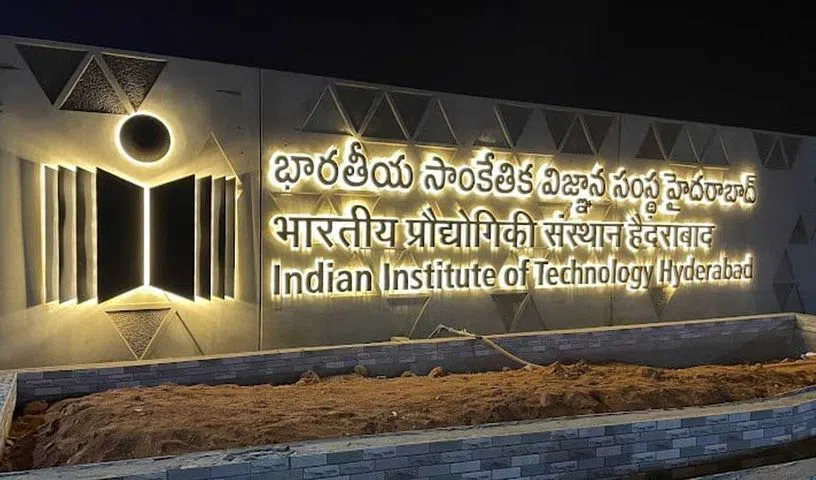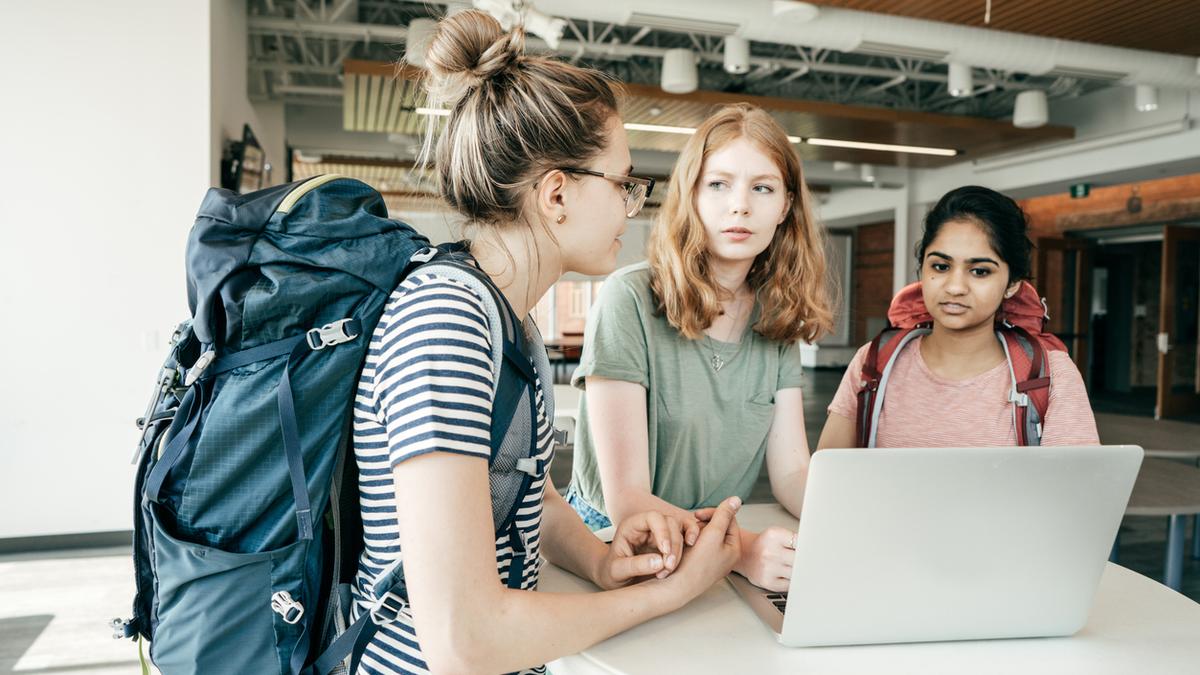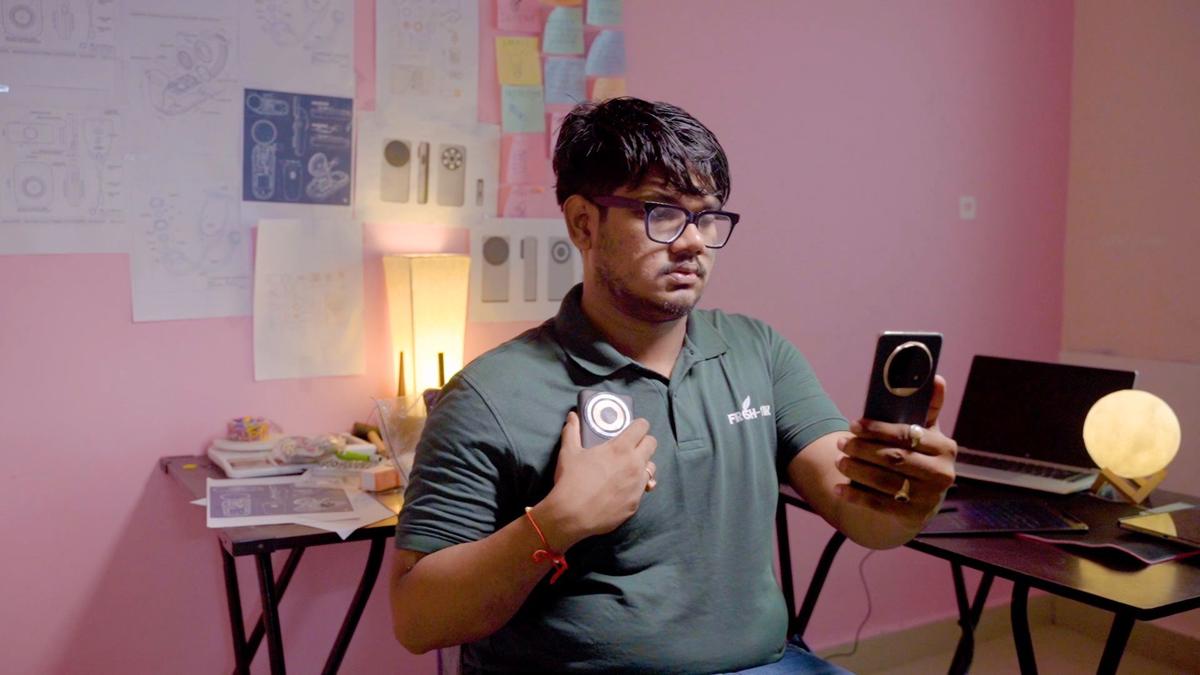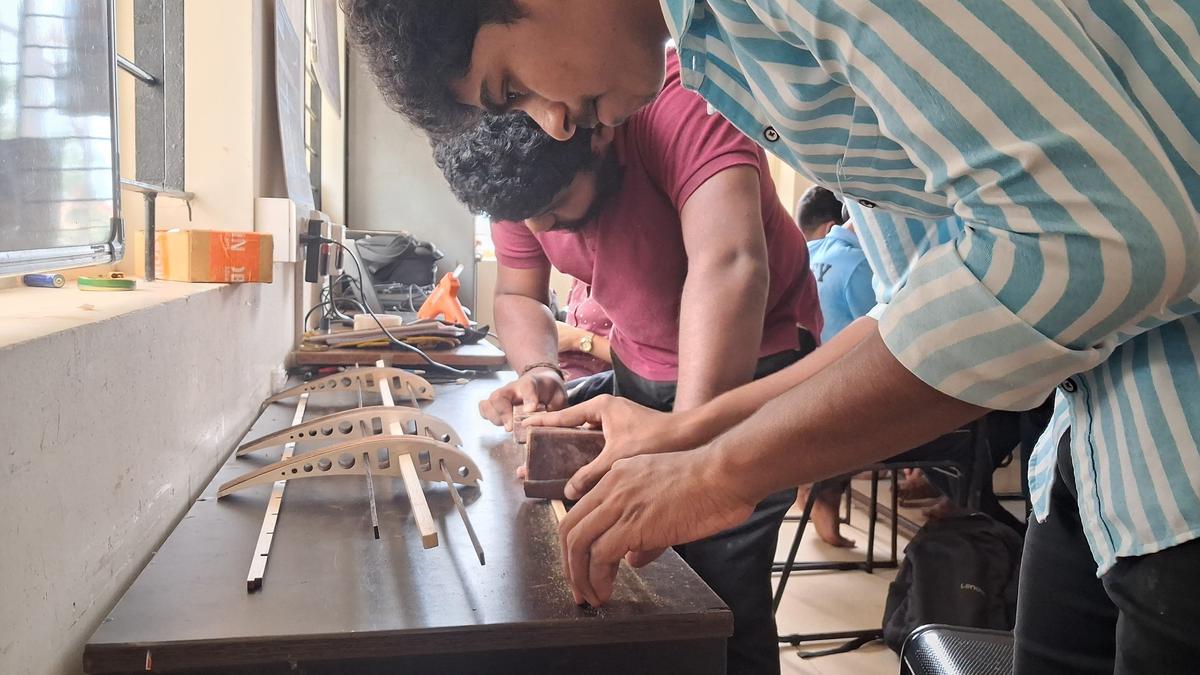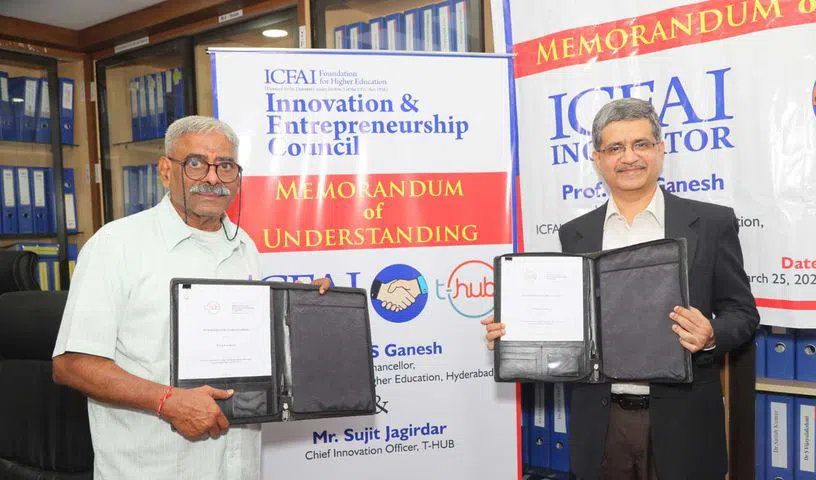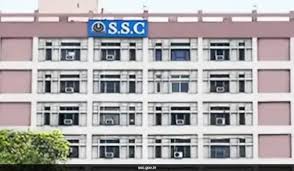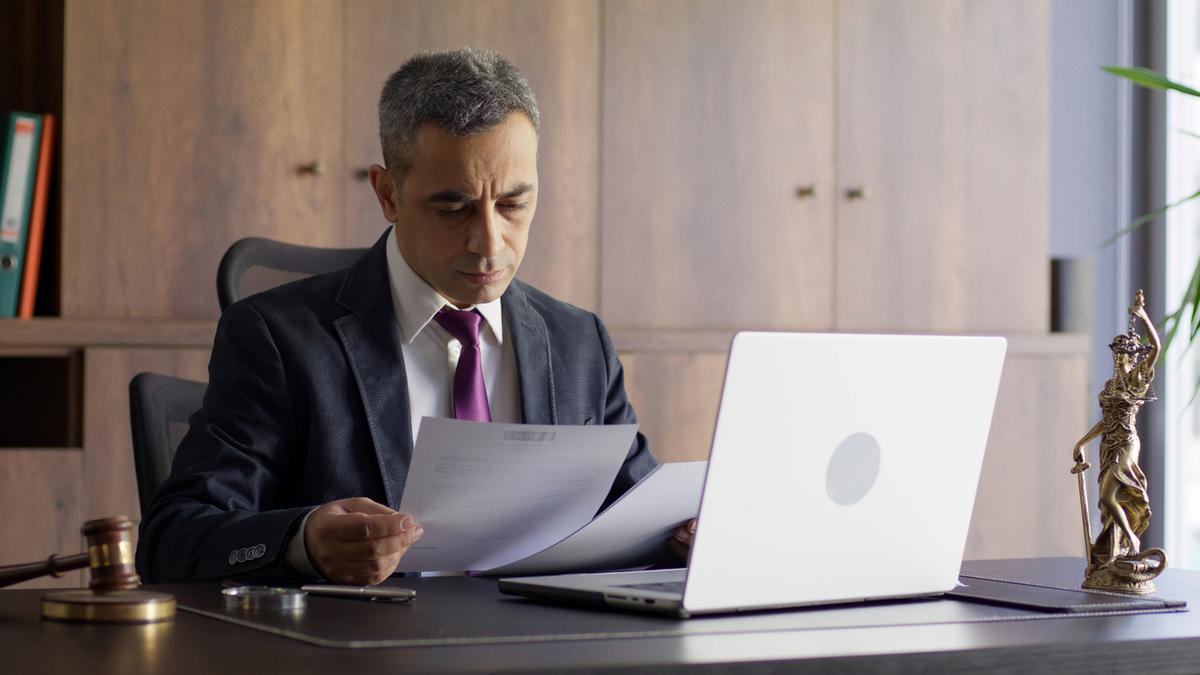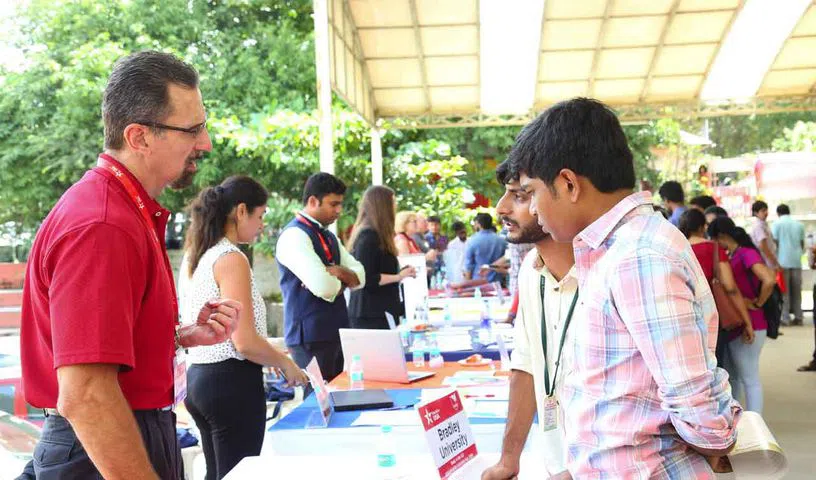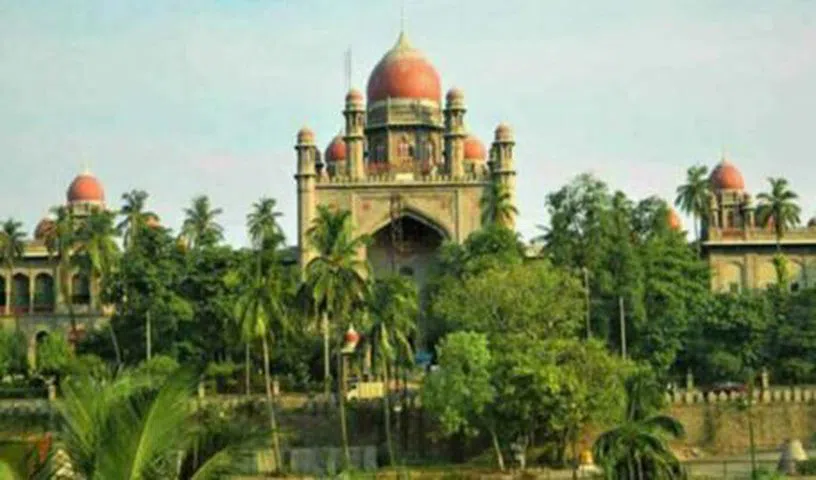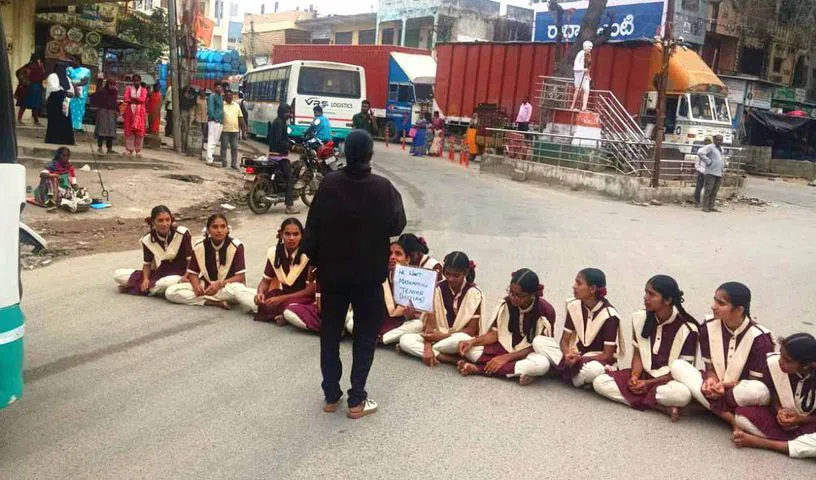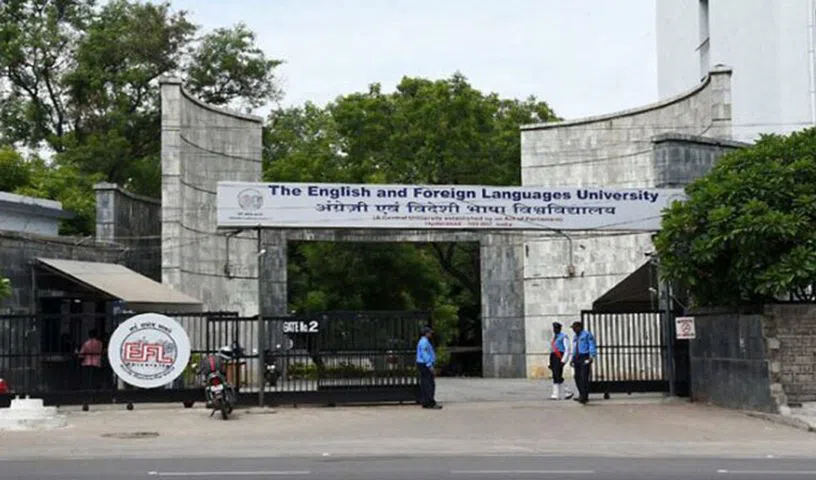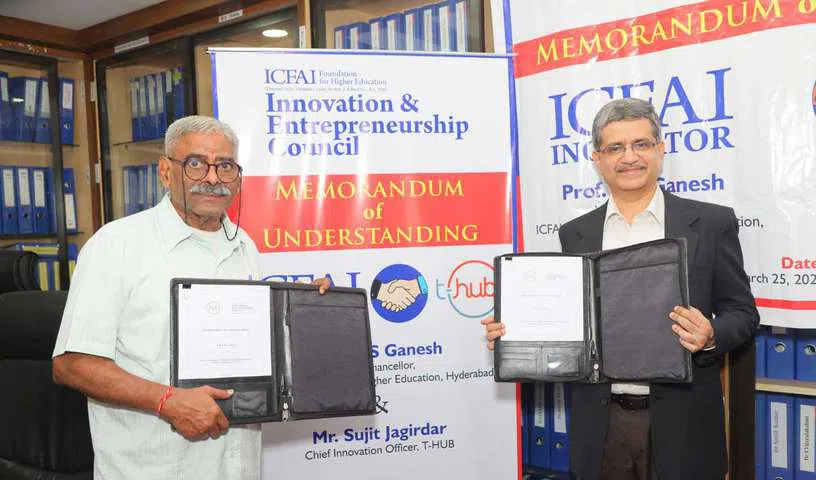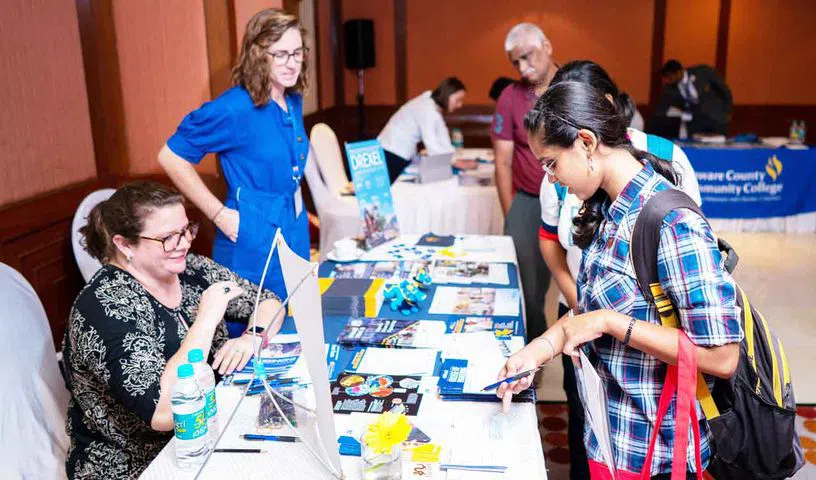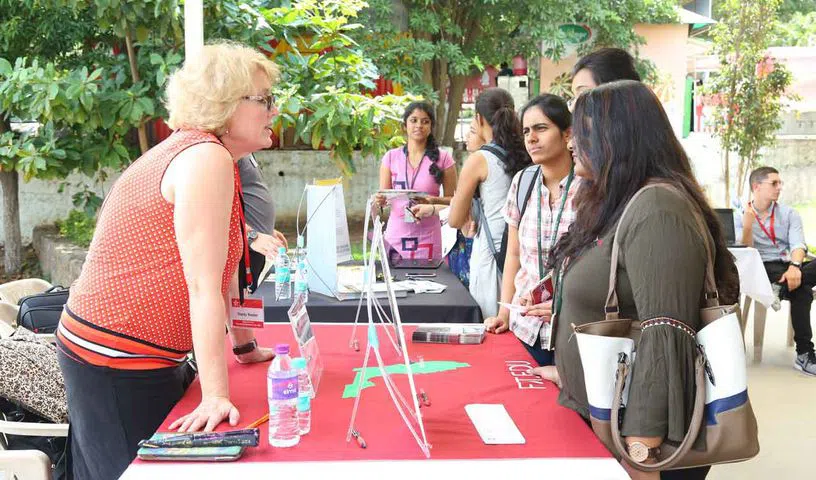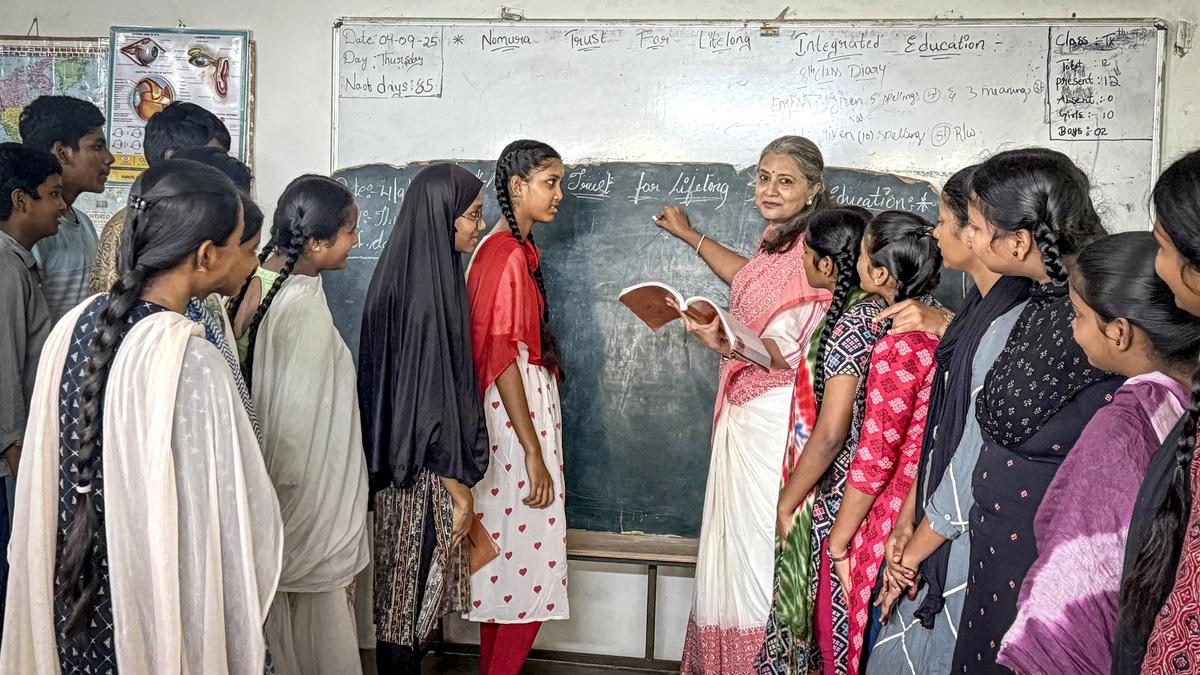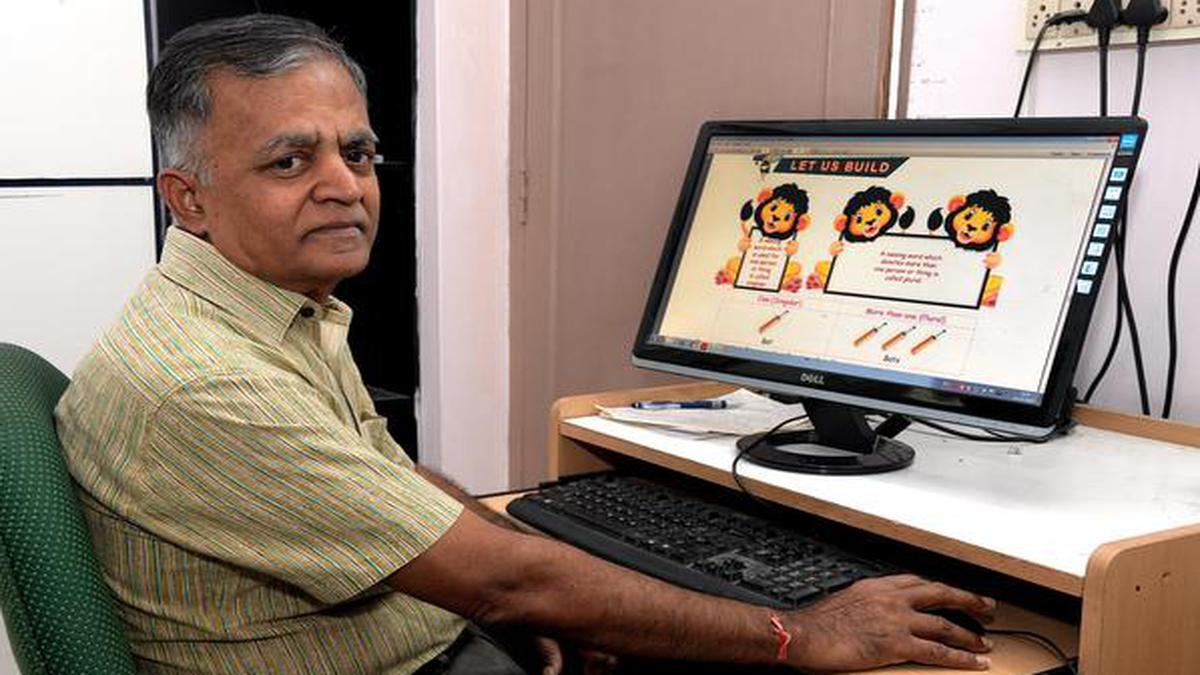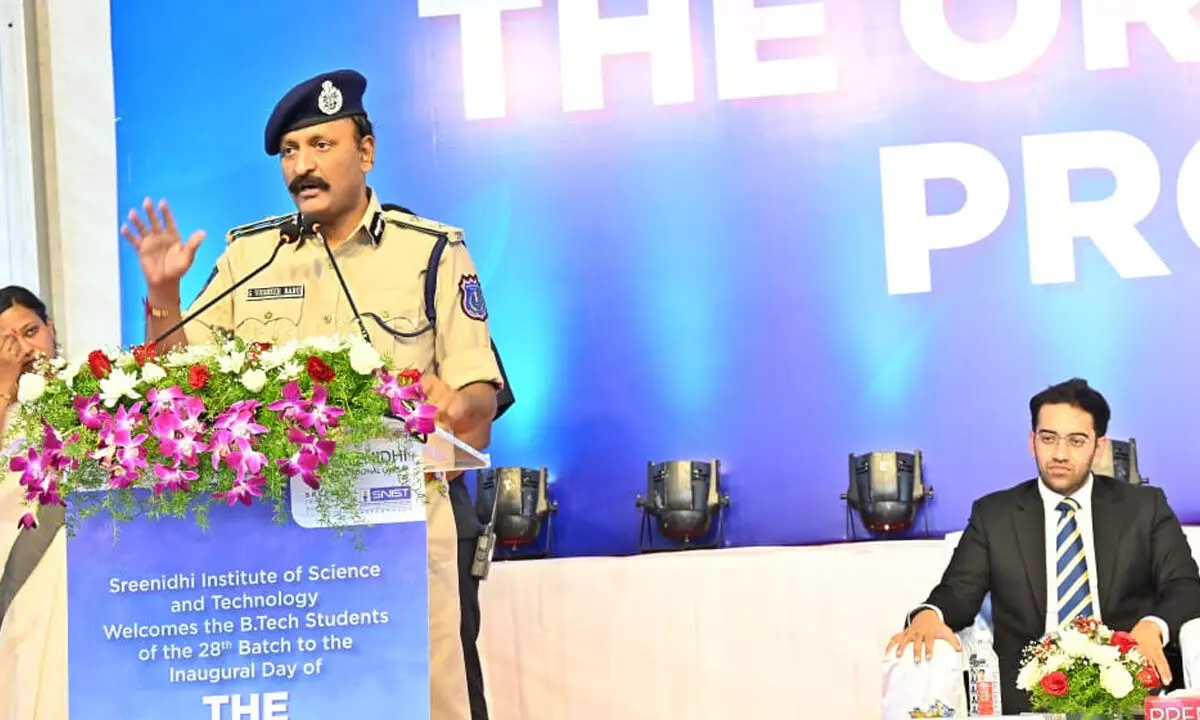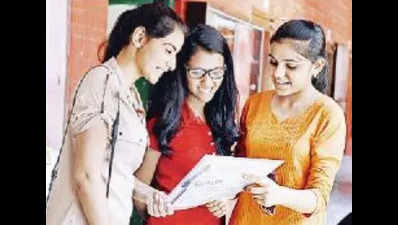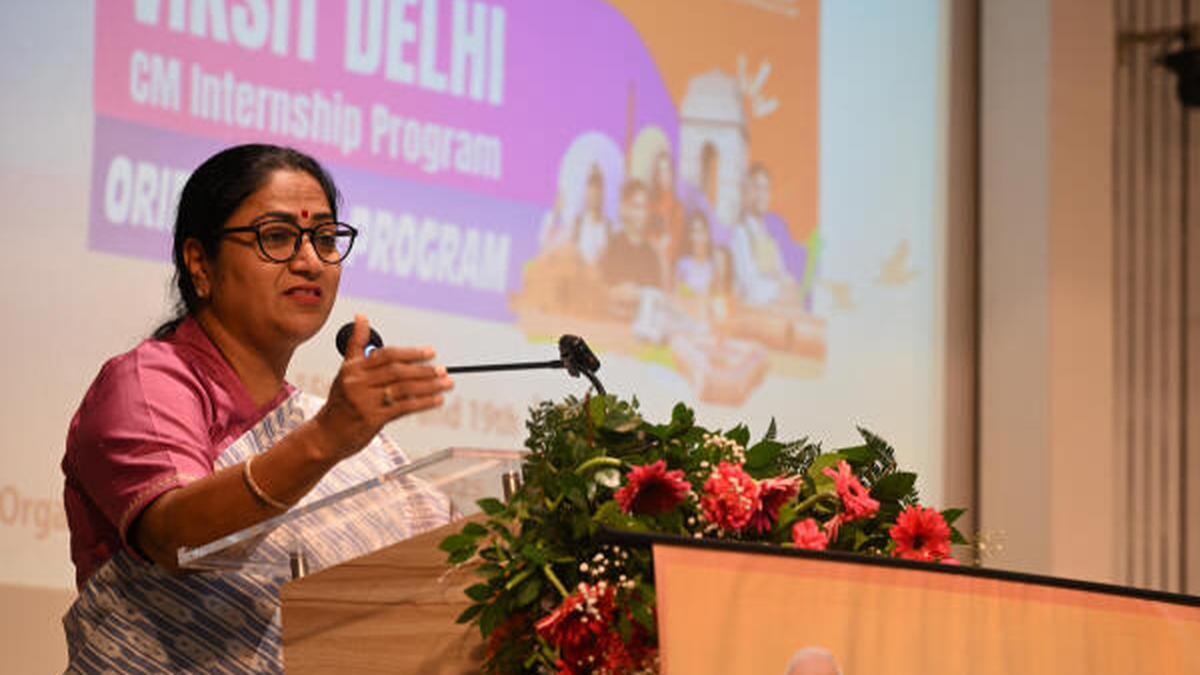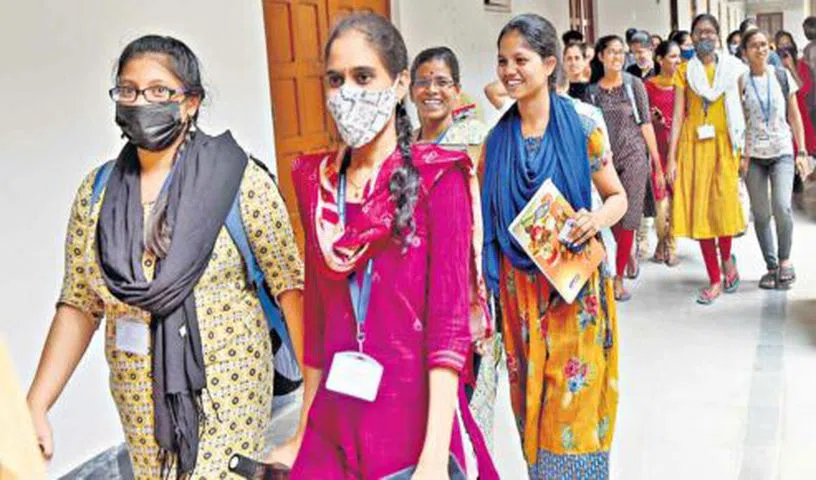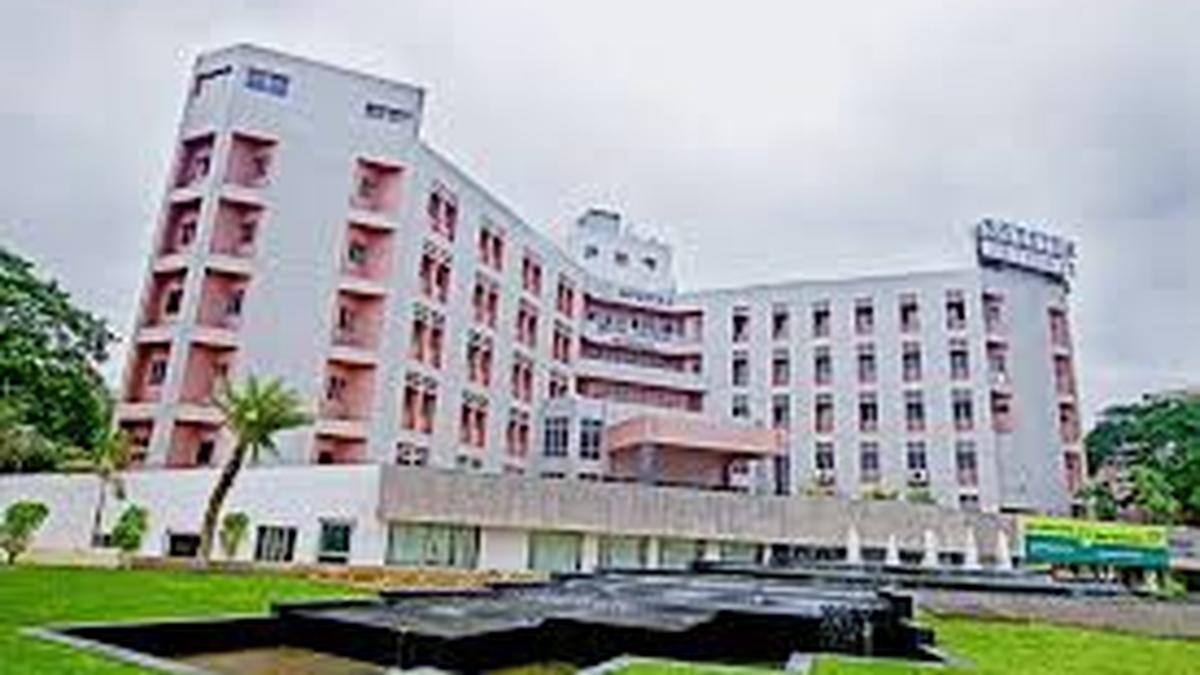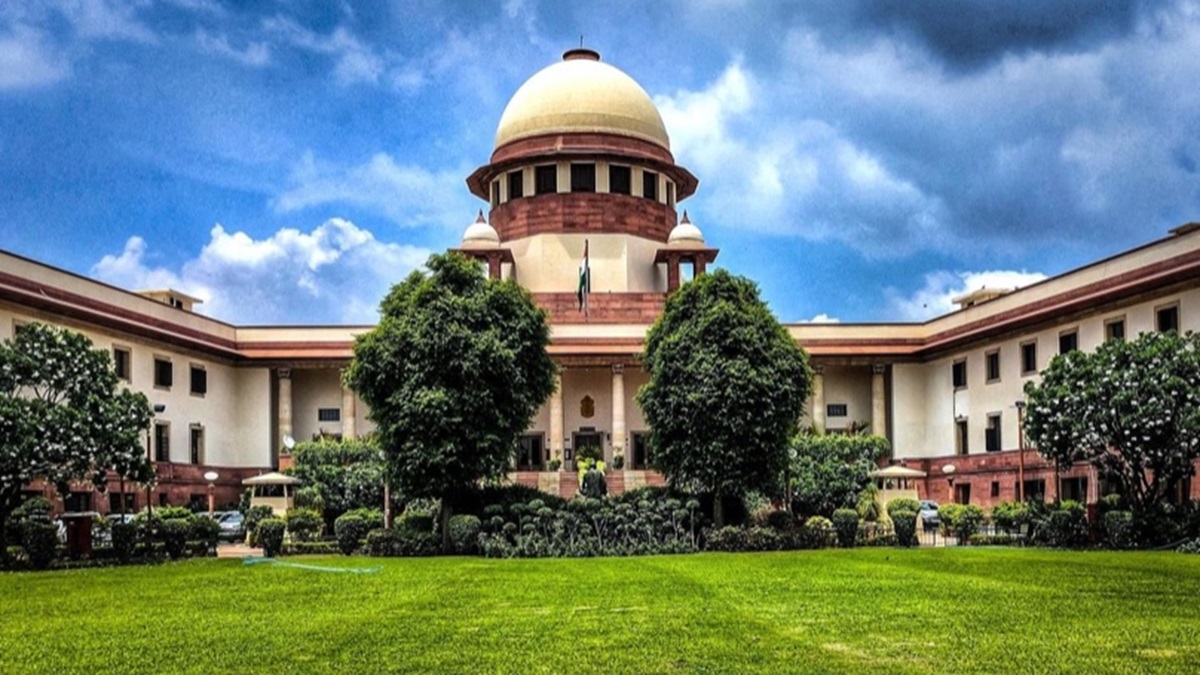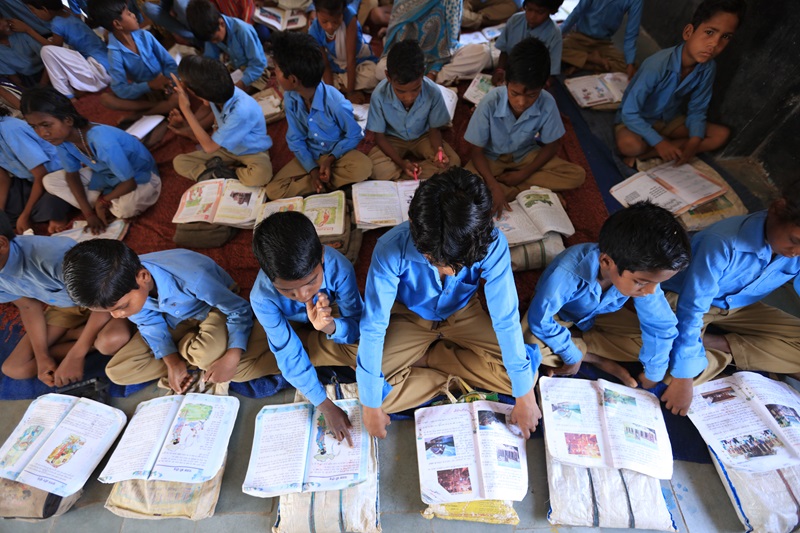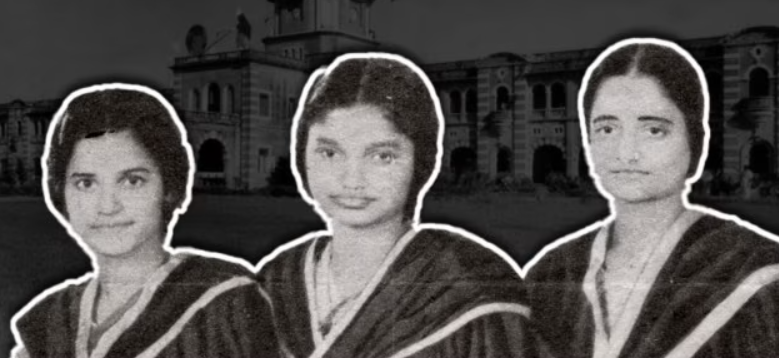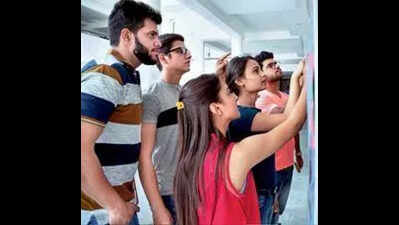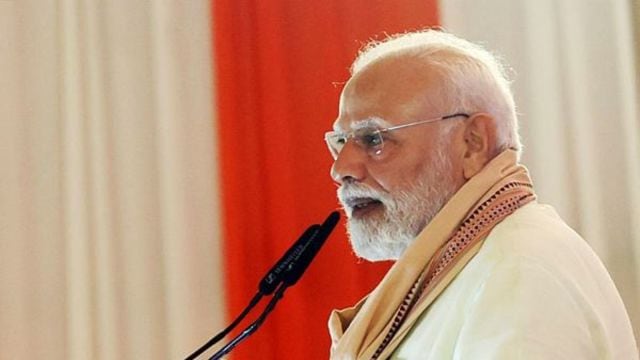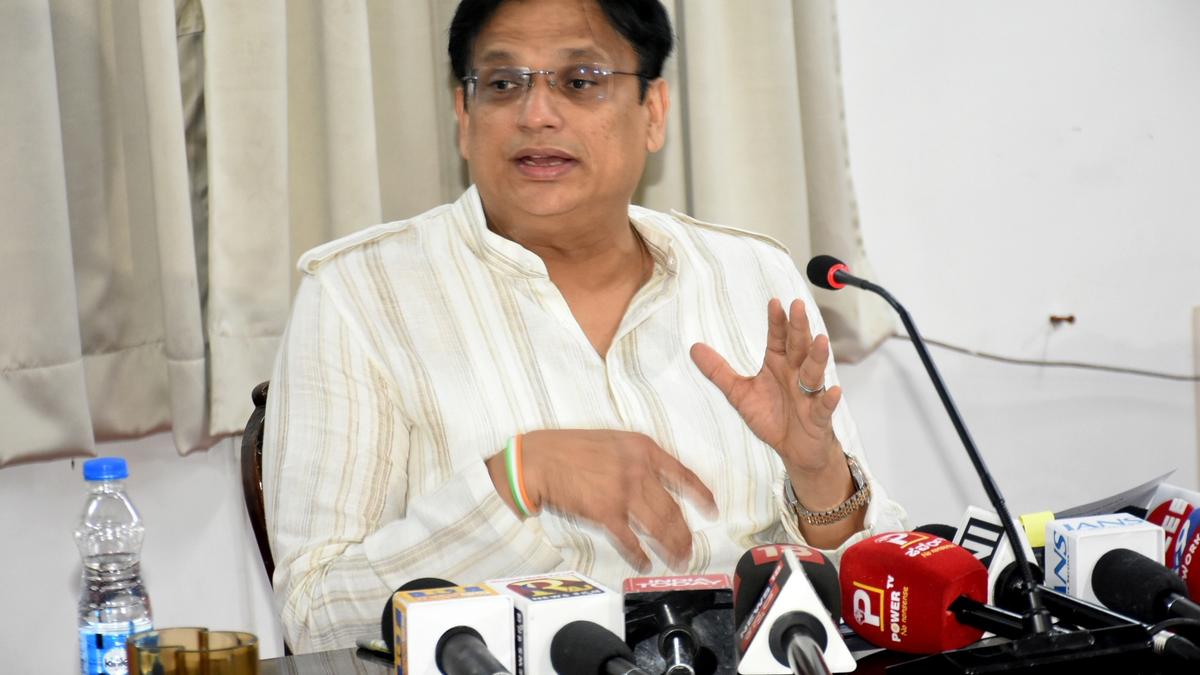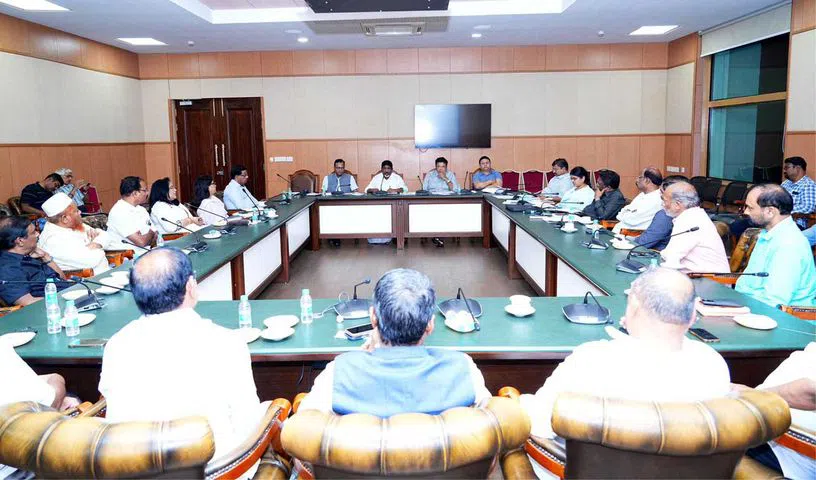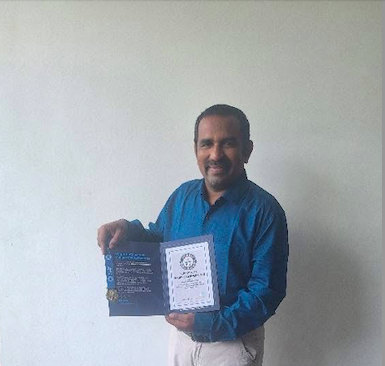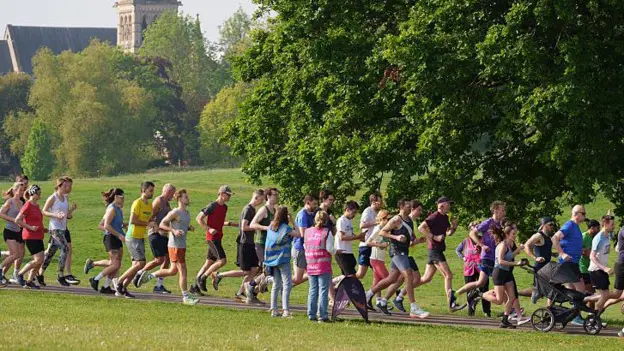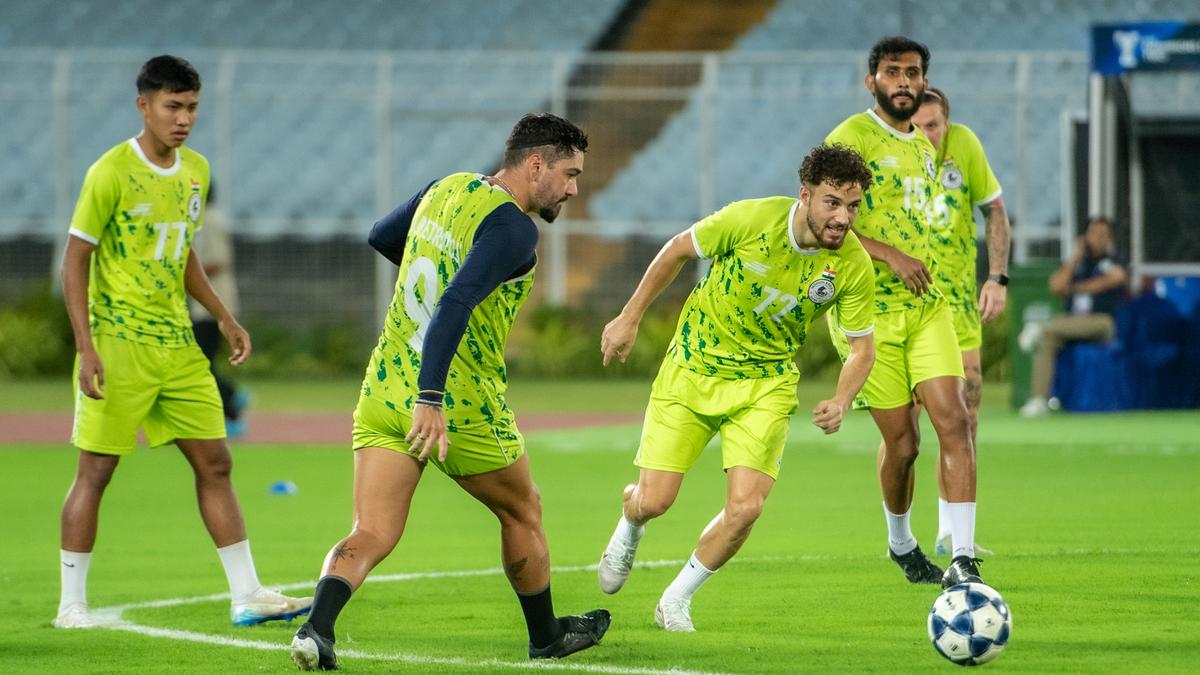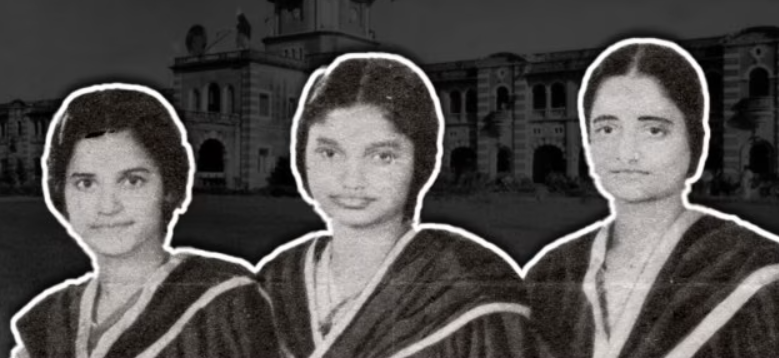
- KR Bharat
- 2025-09-23
In 1944, India witnessed a groundbreaking moment in its engineering history when three women—Ayyalasomayajula Lalitha, P.K. Thressia, and Leelamma George Koshie—graduated from the College of Engineering, Guindy (CEG), Chennai, becoming the country's first female engineers.
Pioneers in a Male-Dominated Field
At a time when societal norms largely confined women to domestic roles, these trailblazers defied conventions to pursue engineering, a field predominantly occupied by men. Their courage not only challenged gender stereotypes but also paved the way for future generations of women in STEM.
Ayyalasomayula Lalitha: India's First Female Engineer
Ayyalasomayula Lalitha, born in 1919, became India's first female engineer when she graduated in electrical engineering from CEG in 1943. Despite facing personal hardships, including widowhood at a young age, she pursued her education with determination. Lalitha's career spanned several decades, during which she contributed significantly to various engineering projects and represented India at international forums .
P.K. Thressia and Leelamma George Koshie: Breaking New Ground
P.K. Thressia and Leelamma George Koshie also graduated in 1944, specializing in civil engineering. Thressia went on to become the first woman engineer from Karnataka, earning a Ph.D. in electrical engineering and serving as a professor at the Indian Institute of Science. Koshie made significant contributions in town planning and housing development, eventually retiring as the Assistant Chief Engineer in the Travancore Public Works Department




